In February of this year, a “bored” Russian art gallery guard doodled on Anna Vandalized Artworks Three Figures painting. Drawing eyes on two of the figures with a ballpoint pen, the guard defaced the painting worth over $1.4 million.
Whilst the gallery blamed a temporary “lapse in sanity” – it’s not the first-time valuable paintings have been shockingly vandalized.
Great works of art evoke strong emotions, connecting with the viewing public in a truly unique way. Because of this however, they frequently attract strange behavior or political statements. These instances provide fascinating insights into the way artistic masterpieces become part of the public imagination.
With these anarchistic acts in mind, here are five of the most astonishing examples of art vandalism throughout history. From elbows through canvases to meat cleavers and acid attacks – there’s a reason we’re told “don’t touch the art”!
What is artistic vandalism?
Before we take a look at famous examples of damaged and defaced paintings, it’s worthwhile exploring exactly what “art vandalism” means.
Artists have long altered (and sometimes even destroyed) their own artworks. Equally, many contemporary artists undertake collaborative and communal approaches to art, building upon (and sometimes completely reworking or destroying) the work of others.
For instance, the artist Ai Weiwei broke a million-dollar Han Dynasty Urn in 1995, documenting its destruction in three black and white photographs. A protest against Chinese communism, the work was certainly controversial. But was it “art vandalism”?
Willful defacement and destruction of art stretches back to the 455 AD Vandal Sack of Rome and even earlier. Iconoclasm was widespread during the subsequent English Tudor Reformation. The Germans even specifically refer to “Beeldenstorm” (translating as “statue storm”) relating to the destruction of Catholic art and artifacts.
Despite this, the term “vandalisme” was only coined in 1794 by Henri Grégoire (the Bishop of Blois in France). He used it to describe the destruction of artwork in the French Revolution.
In this context, art vandalism refers to purposely defaced or damaged artworks. It also applies to art in public institutions such as museums or galleries, rather than within an artist’s studio or public graffiti.
So, what famous paintings have been destroyed, damaged and vandalized? Here’s five examples…
Five famous art vandalism cases
1. Leonardo da Vinci, Mona Lisa (c.1503-1506)
Leonardo da Vinci’s Mona Lisa is one of the most famous and recognizable portraits of all time.
This made the painting’s vandalism even more shocking, when in 1956, a gallery-goer threw acid at the artwork. That same year, a Bolivian man (Ugo Ungaza Villegas) threw a rock at the painting, chipping the paint.
After these two attacks, the Mona Lisa now sits behind bullet-proof glass. This didn’t deter would-be vandals, however. In 1974, a disabled woman upset at the Tokyo National Museum’s lack of handicapped access (where the painting was on loan at the time) spray-painted the glass with bright red paint.
In 2009, back at the Louvre, a Russian woman threw a gift-shop mug directly at the painting. Whilst the glass shattered, the painting was thankfully undamaged. Protesting a recent decision to refuse her French citizenship, the vandalism did nothing to warm the French government to her case.
2. Rembrandt Van Rijn, The Night Watch (1642)
Like the Mona Lisa, Rembrandt Van Rijn’s The Night Watch is the victim of repeated instances of art vandalism.
In 1975 an unemployed schoolteacher cut the painting in multiple zig-zag patterns. Quickly apprehended by gallery guards, the man entered a psychiatric hospital soon after. He sadly committed suicide the following year.
Repairs to The Night Watch took six years, and faint traces of the attack are still visible today.
In 1911, a Dutch Navy cook attempted a similar attack but was unable to penetrate the painting’s thick varnish. In another attack in 1990, an escaped psychiatric patient threw suspected sulfuric acid on the artwork. Luckily, gallery staff efficiently neutralized the chemical before it harmed the paint.
Rembrandt also has the unusual accolade of a double mention on this list. In 1985, his mythological painting Danaë (1636) suffered an acid attack in the Hermitage Museum in Russia.
Subsequently judged insane, the culprit tossed sulfuric acid onto the canvas before slashing the painting twice with a knife. He completely destroyed large swathes of the painting as a result. The subsequent conservation and restoration efforts took a staggering twelve years. After this unfortunate event, the painting now hangs behind armored glass.
3. Diego Velázquez, Rokeby Venus (1647)
Painted between 1647 and 1651, Diego Velázquez’s Rokeby Venus is a truly beautiful yet controversial artwork. As a famous nude painting, it drew the attention of the Canadian Suffragist Mary Richardson. In 1914, she slashed the painting seven times with a meat cleaver.
Speaking in a 1952 interview, she described the way male visitors to London’s National Gallery “gaped at it all day long”. As well as protesting the objectification of the female form, Richardson drew attention to the arrest of Emmeline Pankhurst (the famous Suffragette leader) the previous day.
She described her destruction of the “most beautiful woman in mythological history” as a statement against the British government’s jailing of Mrs Pankhurst. Richardson labeled Pankhurst as the “most beautiful character in modern history” for her tireless campaign for women’s votes and rights.
Richardson’s aim of permanently damaging the painting didn’t come to fruition, however. The gallery’s chief restorer successfully restored this artistic masterpiece.
Sentenced to six months imprisonment, Richardson received the maximum sentence allowable for destruction of artwork in the UK.
4. Claude Monet, Argenteuil Basin (1874)
Claude Monet’s Argenteuil Basin with a Single Sailboat depicts a serene autumn scene. A small sailboat gently glides through the waters surrounding Argenteuil, a small commune on the outskirts of Paris.
In 2012, Andrew Shannon shattered this tranquility by punching straight through the canvas. This outrageous act resulted in a hole over one foot wide, covering a quarter of the painting. Described by the National Gallery of Ireland Director as “huge damage, shocking damage” the painting was feared irreparable.
Despite this, a resolute team of conservators meticulously worked on the masterpiece (valued at over $13 million) for eighteen months. Today, the damage is barely noticeable.
Sentenced to five years for the crime, Shannon’s legal defense unsuccessfully claimed he’d fallen against the painting during a fainting fit. Today, the painting remains carefully protected behind a thick glass casing.
In another special mention, Monet himself committed a famous act of art vandalism. A hotly anticipated Paris exhibition of his art was about to launch in 1908. Before the doors opened however, the artist destroyed all his paintings with a knife and paintbrush.
The incident provoked heated public debate about whether artists had the legal right to destroy their own work. It prompted one writer in the New York Times to sardonically comment “it’s a pity, perhaps, that some other painters do not do the same.”
5. Pablo Picasso, The Dream (1932)
Last but not least on this list of art vandalism is Picasso’s Le Rêve. Depicting the artist’s primary model and muse Marie-Thérèse Walter, the artwork is a stunning example of Picasso’s cubism.
In 2006, the painting’s owner (Casino magnate Steve Wynn) sold the portrait for $139 million. Just days before the final exchange, Wynn accidentally backed into the painting. Whilst this wasn’t purposeful art vandalism, it certainly was shocking! His right elbow created a six-inch hole in the canvas, leading the buyer to pull-out of the sale.
Luckily for Wynn however, the painting was fully repaired just eight weeks later. Although the restoration cost $90,000 no visible damage remained. The incident led to Wynn’s comedic nickname of the man with the “40-million-dollar elbow”.
The original purchaser also re-committed to the deal in 2013. It eventually sold for an even higher price of $155 million. All’s well that ends well?
Protecting artworks for the future
With their unique ability to inspire creativity, evoke passion and assist communication and learning, the great masterpieces of art are truly irreplaceable.
Each painting represents an artist’s unique vision and moment in history. Great paintings elucidate the development of art movements, techniques and cultural shifts. Consequently, art galleries and museums undertake enormous efforts to restore damaged paintings.
Art galleries exist to allow the public to get up close and personal with great art. This naturally comes with risks, despite the significant security and safety protocols in place.
To enable careful conservation, art galleries often have extensive insurance policies covering the masterpieces in their care. In addition to stringent measures such as safety glass and preventing visitors concealing weapons in backpacks or umbrellas, many galleries produce digital files of their most famous paintings.
This means that should damage occur, high resolution images help conservators capture the exact colors and composition of the paintings, with a reliable record to work from.
Reproduction Gallery proudly boasts a unique collection of hand-painted museum quality oil painting reproductions. Browse our most popular paintings and find artwork that enriches your life and your walls.


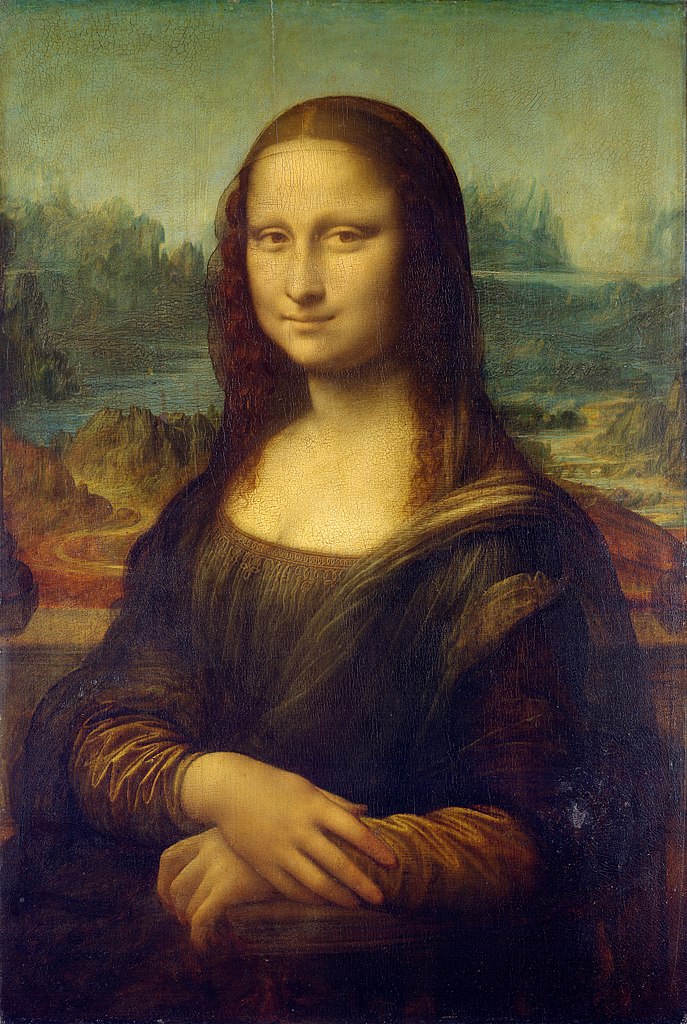
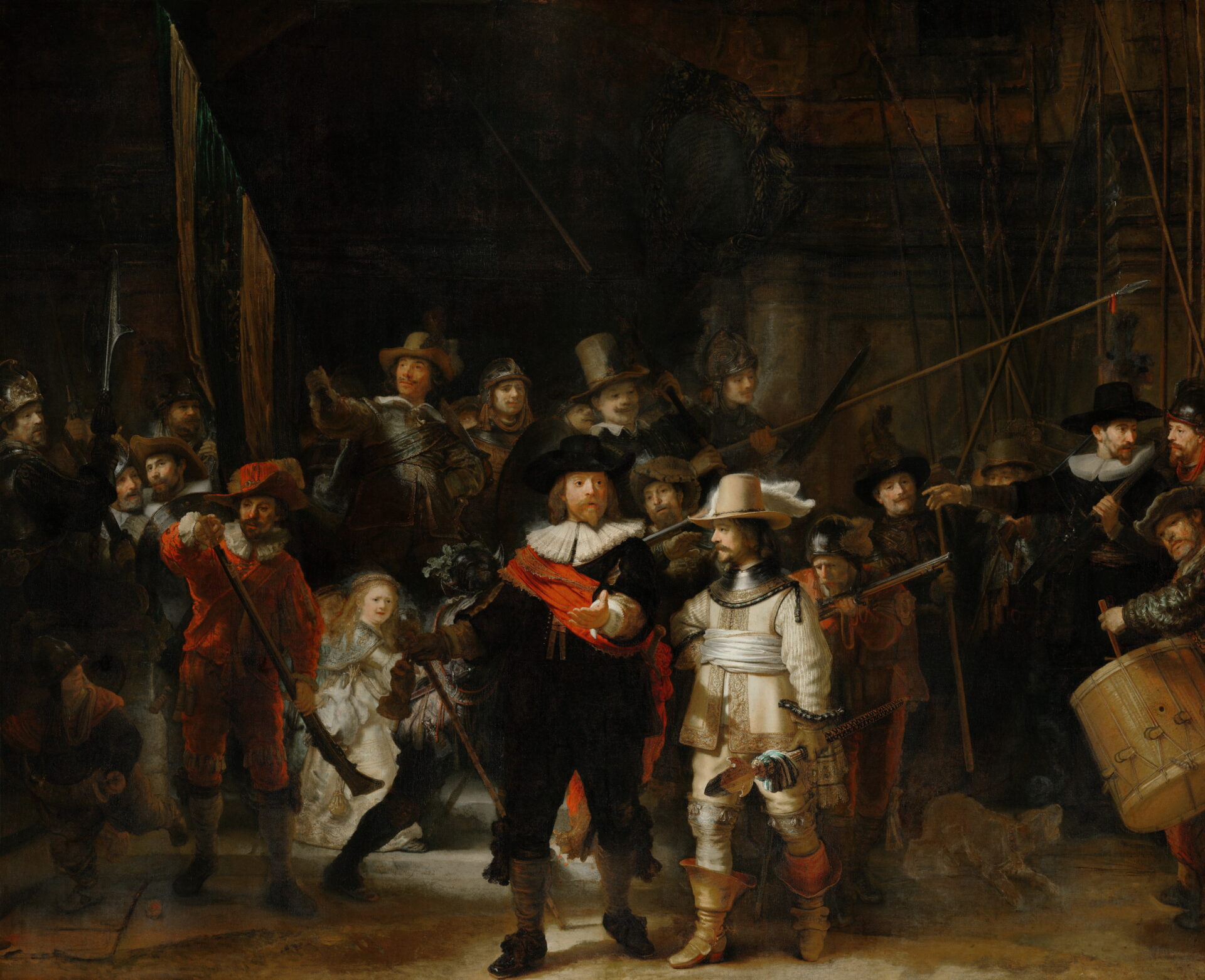
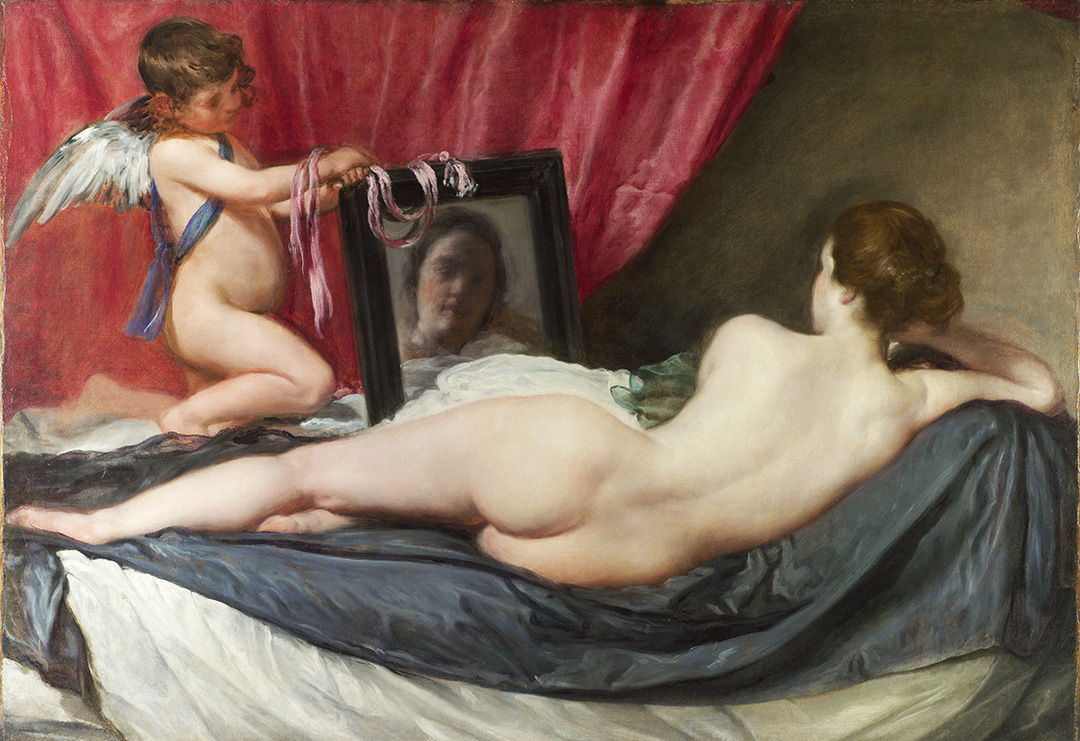
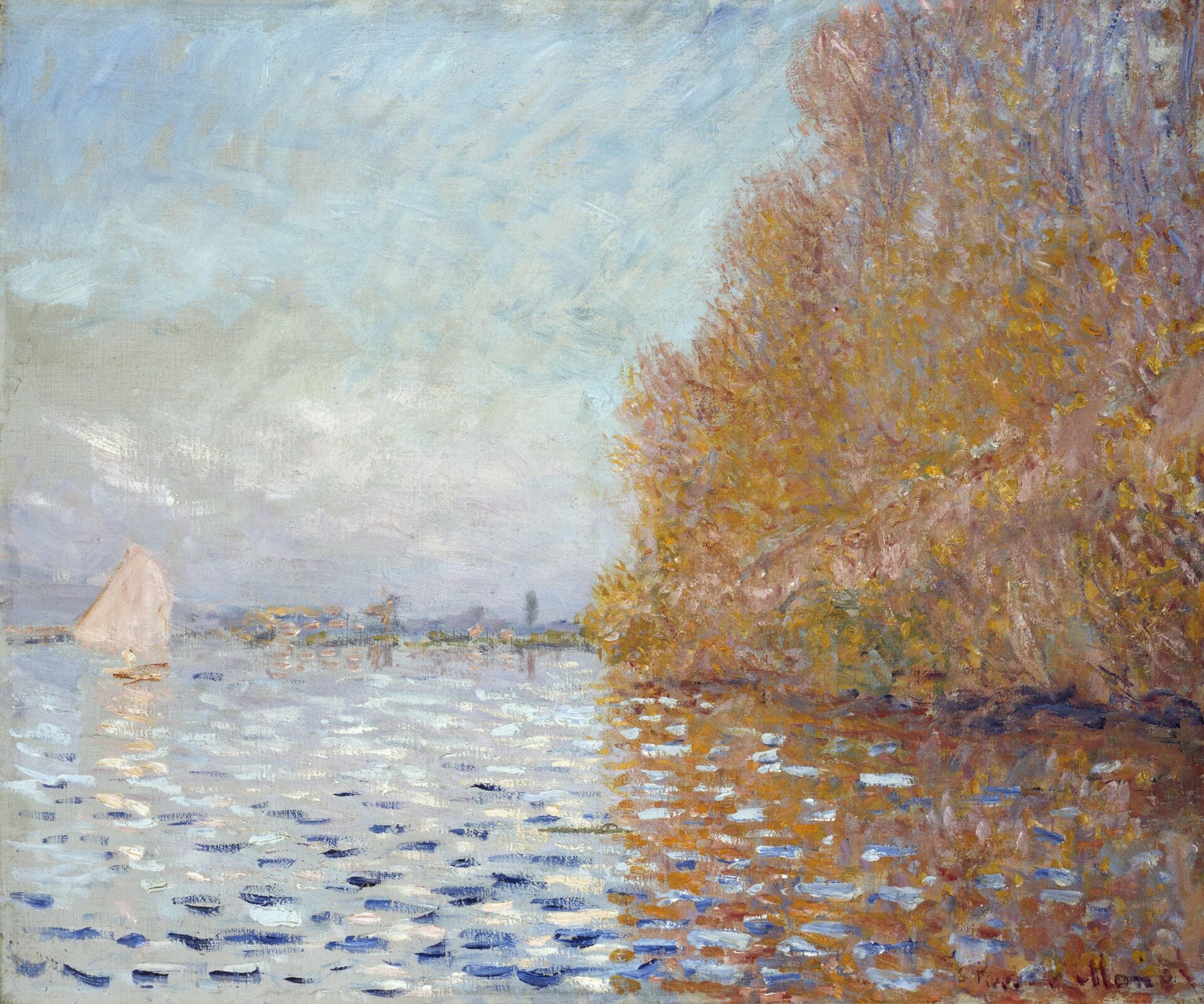
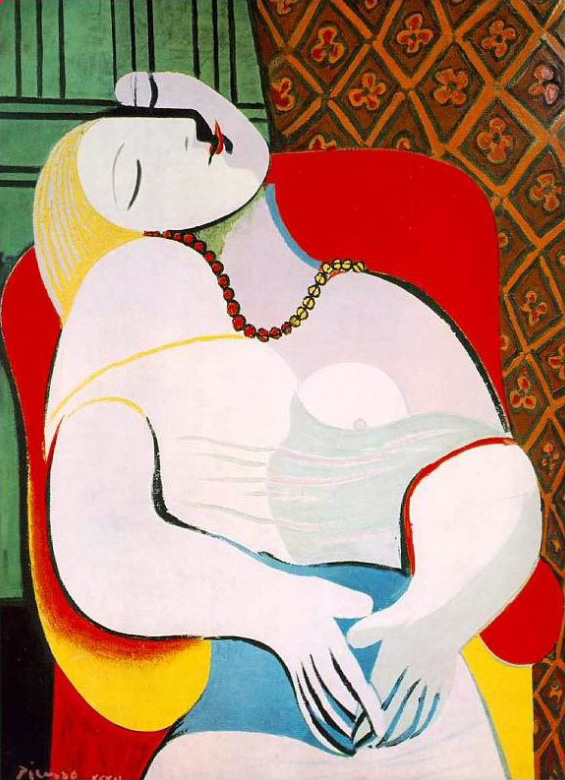
Leave a Reply
You must belogged in to post a comment.